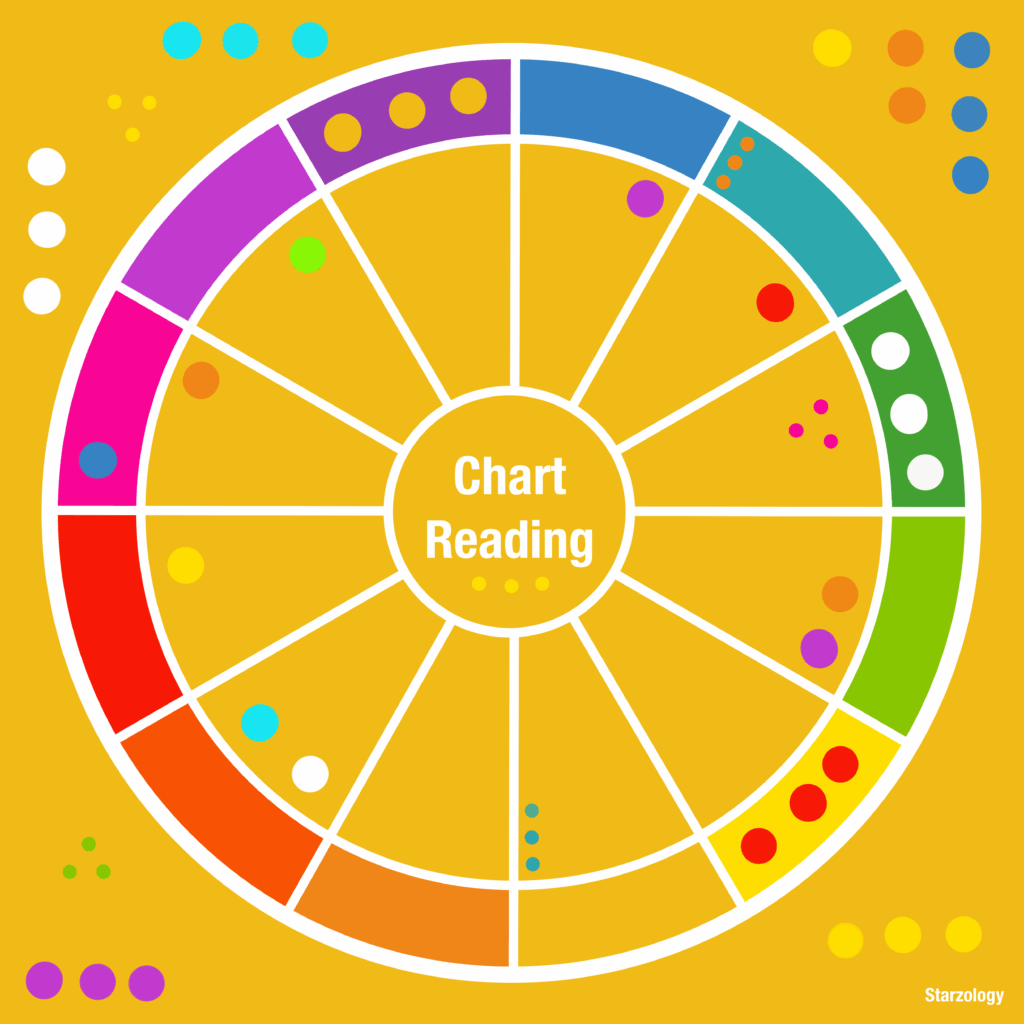In astrology, the indirect technique of Solar Arc Directions is a brilliant way to forecast with astrology.

Uranus in Gemini
Author: Alison Price – Published: June 2025
Uranus Ingress Chart
Gemini
An ingress chart is when a planet enters a new sign or house. In this case, Uranus is entering Gemini. If you cast the ingress chart for a planet’s ingress into a new sign, it shows the nature of what will be occurring whilst Uranus is in Gemini. It’s like the birth chart for the period that Uranus will be in Gemini. In our example, Uranus is in Gemini.
Retrograde
Uranus will enter Gemini on July 7th, 2025. It will then station retrograde and go back into. Taurus on November the 8th, 2025. Next, it will then station retrograde and re-enter Gemini on the 26th of April 2026 to remain until 2032.

Which Ingress Chart?
1st Ingress Chart
July 7th, 2025 is the day of the first ingress of Uranus into Gemini for over 80 years. Personally, I would interpret the first ingress chart as a general theme for the main expression of Uranian qualities. But technically the first ingress chart will only be in play until next April when Uranus makes the final move into Gemini.
2nd Ingress Chart
April 26th, 2026, is the day of the second ingress of Uranus into Gemini for this sign change period. Technically, the second ingress chart in April 2026 will also give some indication of how Uranus will be whilst it passes through Gemini. I like to do a bit of a combination of both, although I do prefer the initial ingress chart which shows the first potential that Uranus has when it enters Gemini.
Research
As an aspiring astrologer, it’s a good thing to do your own research. When the outer planets make these big sign shifts is the time where you could actually do your own personal research. You would cast the chart for the first ingress and then cast the chart for the second ingress and see how the potentials hard baked into both charts show up over the period for which they are indicated.
Ingress Chart Period
To do this research properly you would use the first ingress chart for the next nine months until Uranus moves back into Gemini for the second time in April. Then technically from that point on, you would use the second ingress chart to indicate the nature of Uranus’ passage through the bulk of Gemini.
Time
It really is up to you. Really, how much time do you have to spend interpreting forecasting materials?
Personally, I don’t think there’s a hard and fast rule on this. I do like the initial ingress chart because that is the very first time in living memory, well my memory anyway, that I will experience Uranus in the sign of the Twins, so I like to use the first chart myself.
However, if you have a great interest in Uranus or in Gemini, it makes sense for you to do some further research by using both of these two charts. You could share your information with us a few years down the line when you have decided which one of the two ingress charts more closely reflected what actually unfolded whilst Uranus was in Gemini.
First Ingress Chart
Zero Aries
I’ve set the ingress chart on the zero Aries house system. This means that Aries is on the Ascendant and every house is 30° long.
Aspects Neutral
Uranus is conjoined Venus
Venus is conjoined Uranus in the ingress chart.
Aspect Hard
Uranus is opposition the Moon
The fast-moving Moon is in Sagittarius.
Uranus is semi-square Sun
The Sun recently passed the summer solstice (June21st) and is in Cancer.
Aspects Soft
Uranus Trine Pluto
Interestingly, Uranus has moved further ahead of Pluto and is now at the trine aspect. This synodic cycle is sourced way back in the 1960s at the conjunction between Uranus and Pluto. If you recall, we all experienced the seven-hit square between Uranus and Pluto around 2012. Now as Uranus has moved into a soft air trine with Pluto, things should ease up for people who were born in the 1960s and have the conjunction in their natal charts.
Uranus sextiles Saturn and Neptune
Note that both Saturn and Neptune are conjoined in Aries.
Outer Soft Aspects
These three soft aspects are very interesting because they will be in orb for quite a long period during the summer of 2025. They will pop up in your main transit information for June, July and August as background energies.

Book Recommendations
Here are a few Uranus and Gemini themes books which you may like.
- Uranus: Freedom from the Known by Jeffery Wolf Green
- Alive and Well with Uranus: Transits of Self-awakening by Bil Tierney
- Discover Your Destiny with Uranus Astrology by Roshan U. Mackay
- Sun Signs by Linda Goodman
- Gemini Astrology by Elenor Solenne
Overarch
Cosmic Force
As astrologers, we do pay attention to outer planet sign changes. When Uranus, Neptune and Pluto change signs as all three have done recently, it shifts the backdrop, or background noise, to all our astrology work. The Uranus ingress into Gemini is no exception. During 2025 and 2026, we’re going to be paying a lot more attention to what unfolds as “The Awakener” moves through the sign of the Twins.
Author Bio
Alison Price: Professional Astrologer
Alison helps you uncover your individual creativity and lead a fulfilling life using your own astrology. She shares her wisdom from the heart with a touch of humor. She offers Consultations for everyone and Coaching for Aspiring Astrologers.
If you’d like to get in touch with Alison, you can reach out to her via email at starzology@gmail.com.
More Articles
If you enjoyed this post, you may like some more astrology related articles from our blog.

Progressed Lunar Phase
Author: Alison Price - Published: March 2025 Working with the Progressed Lunar Phase Once you understand how to interpret a natal chart, which can take a long time, you would then probably move onto astrological forecasting. Direct Forecasting Typically, you would...
No Results Found
The page you requested could not be found. Try refining your search, or use the navigation above to locate the post.



























